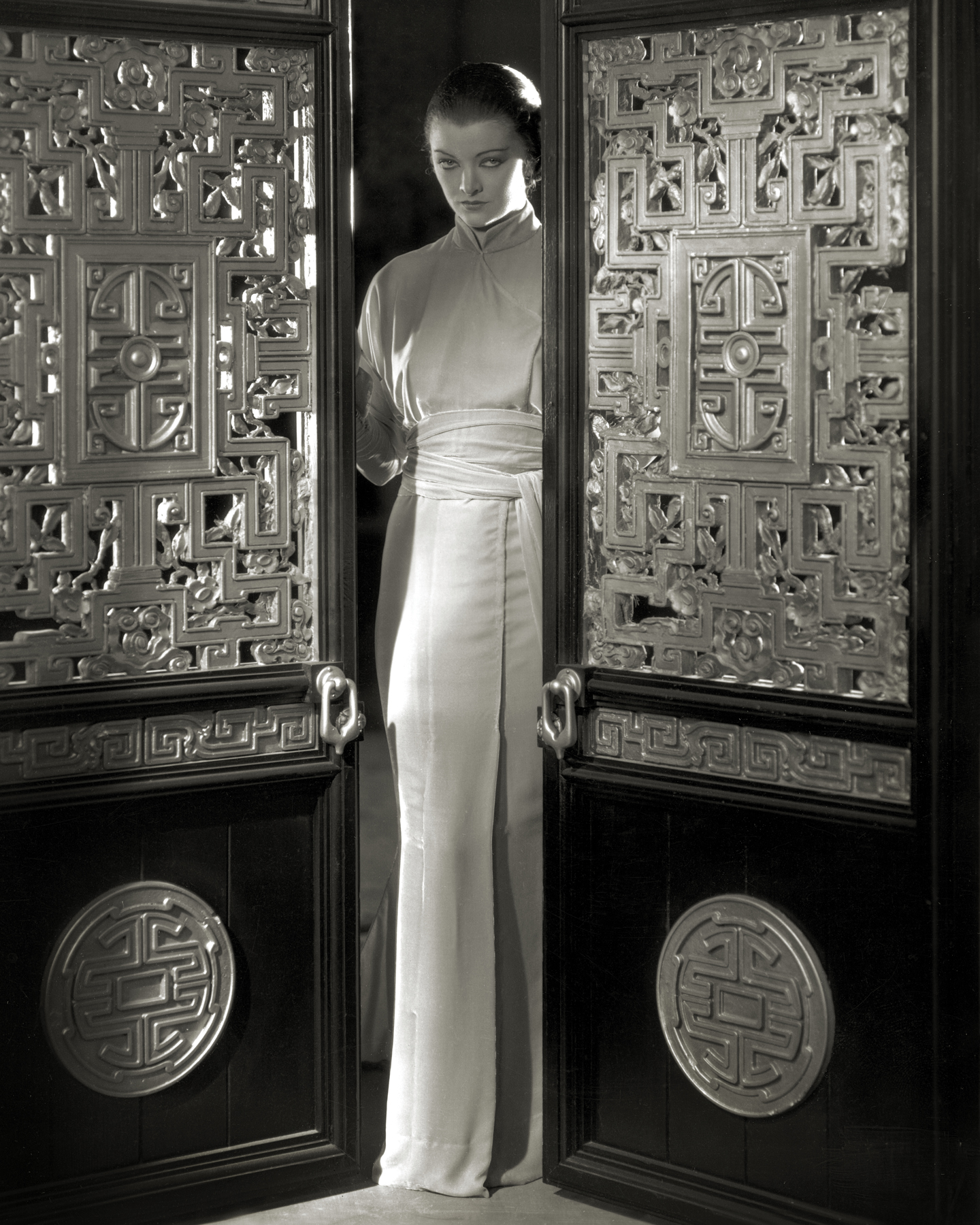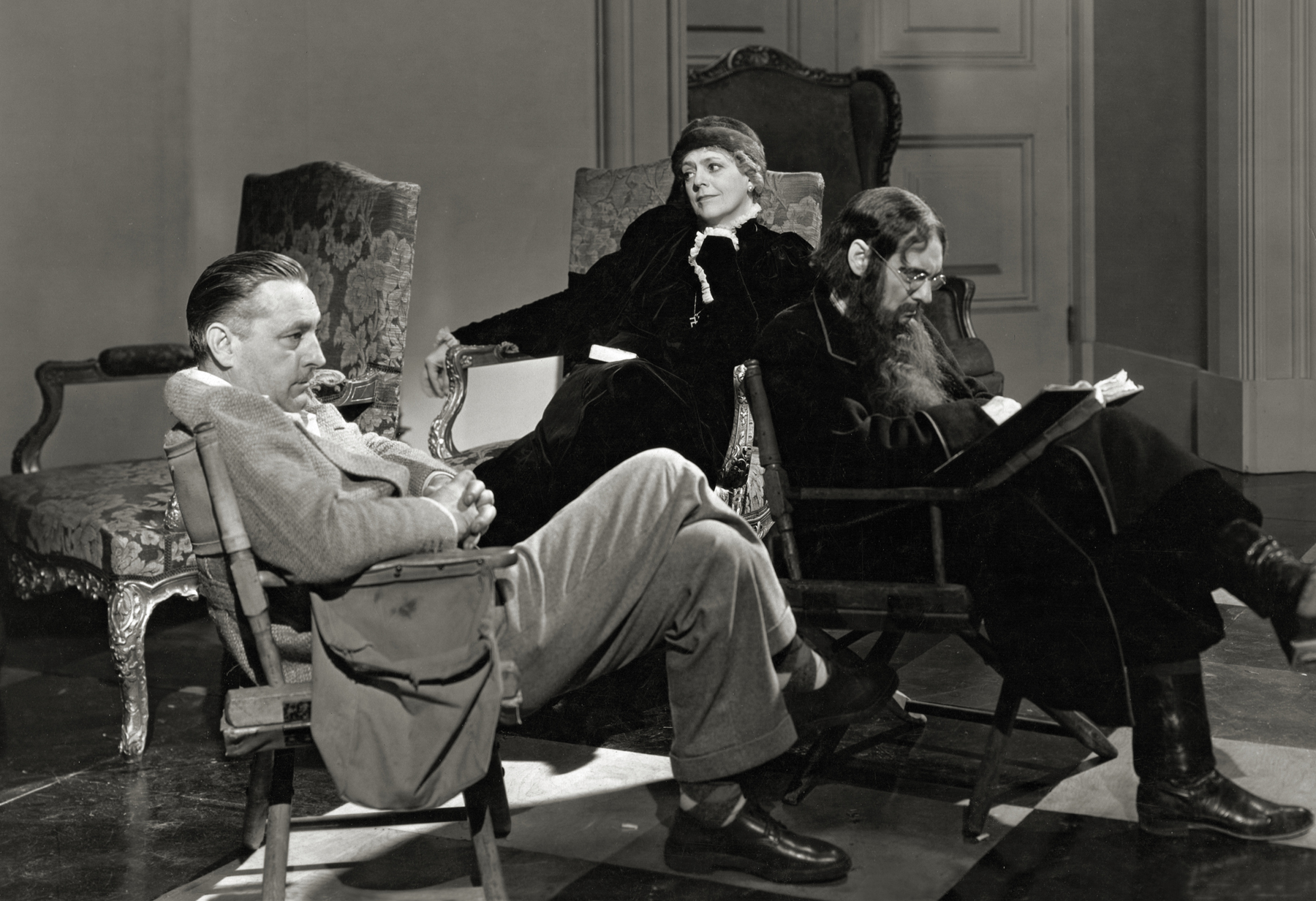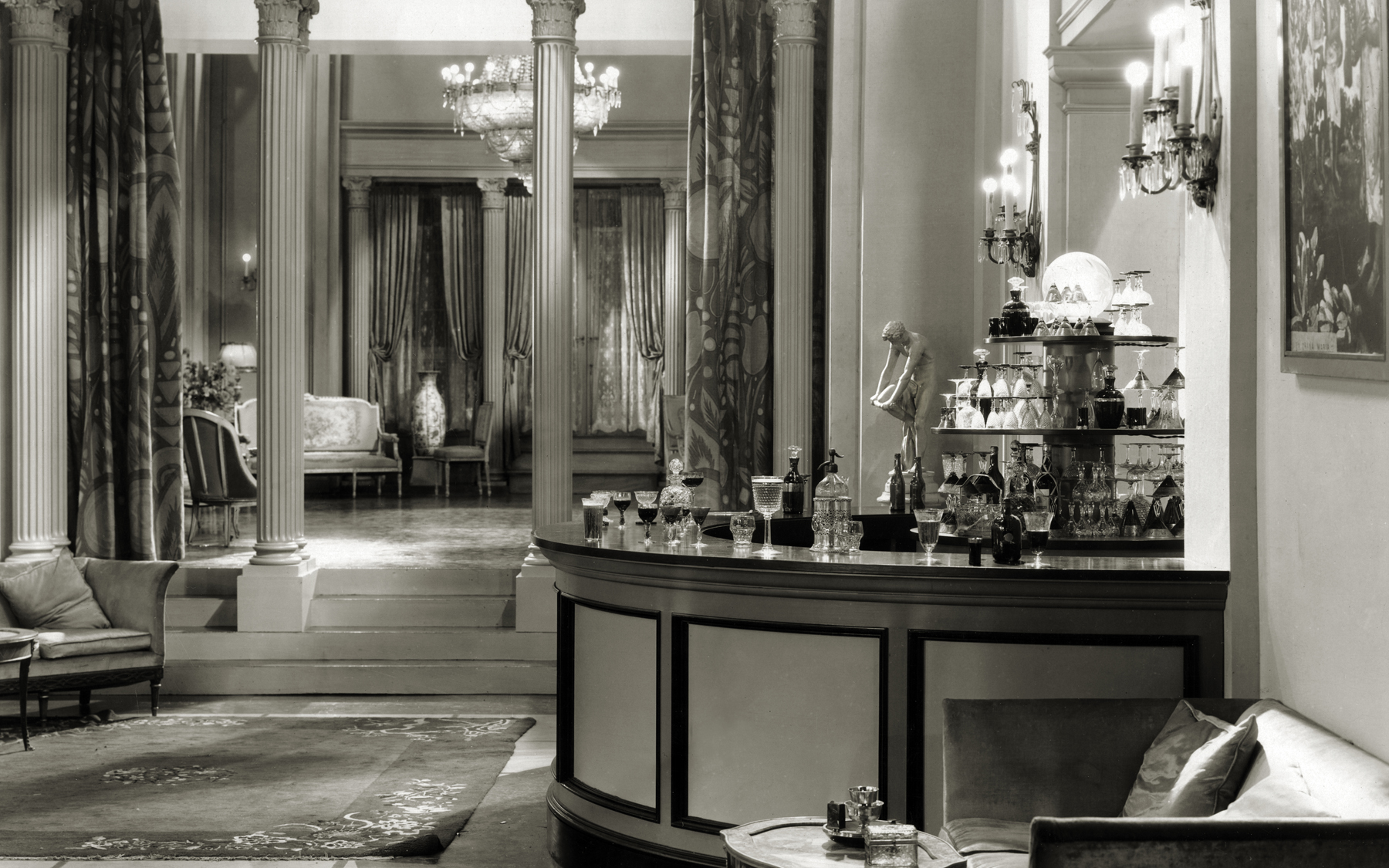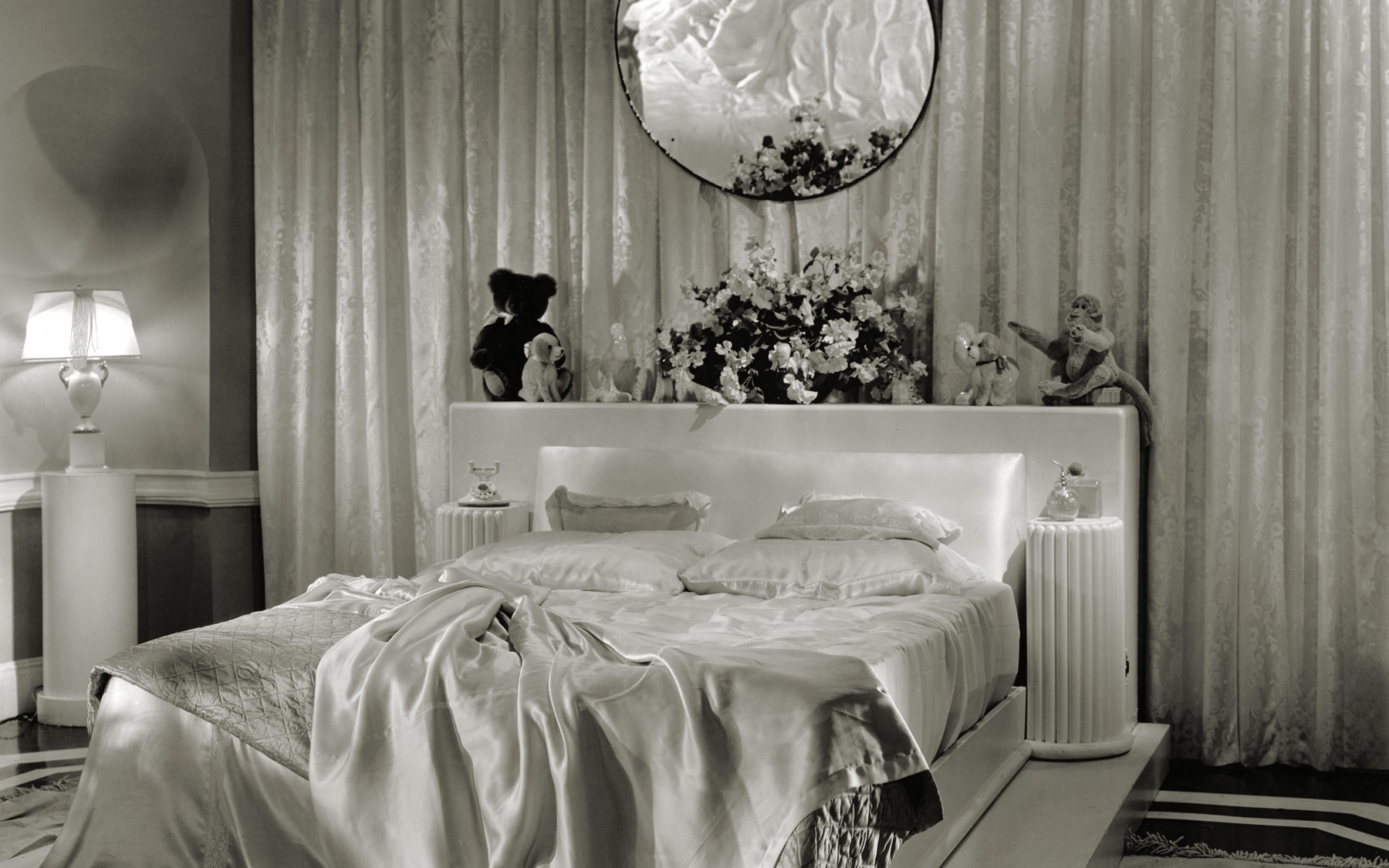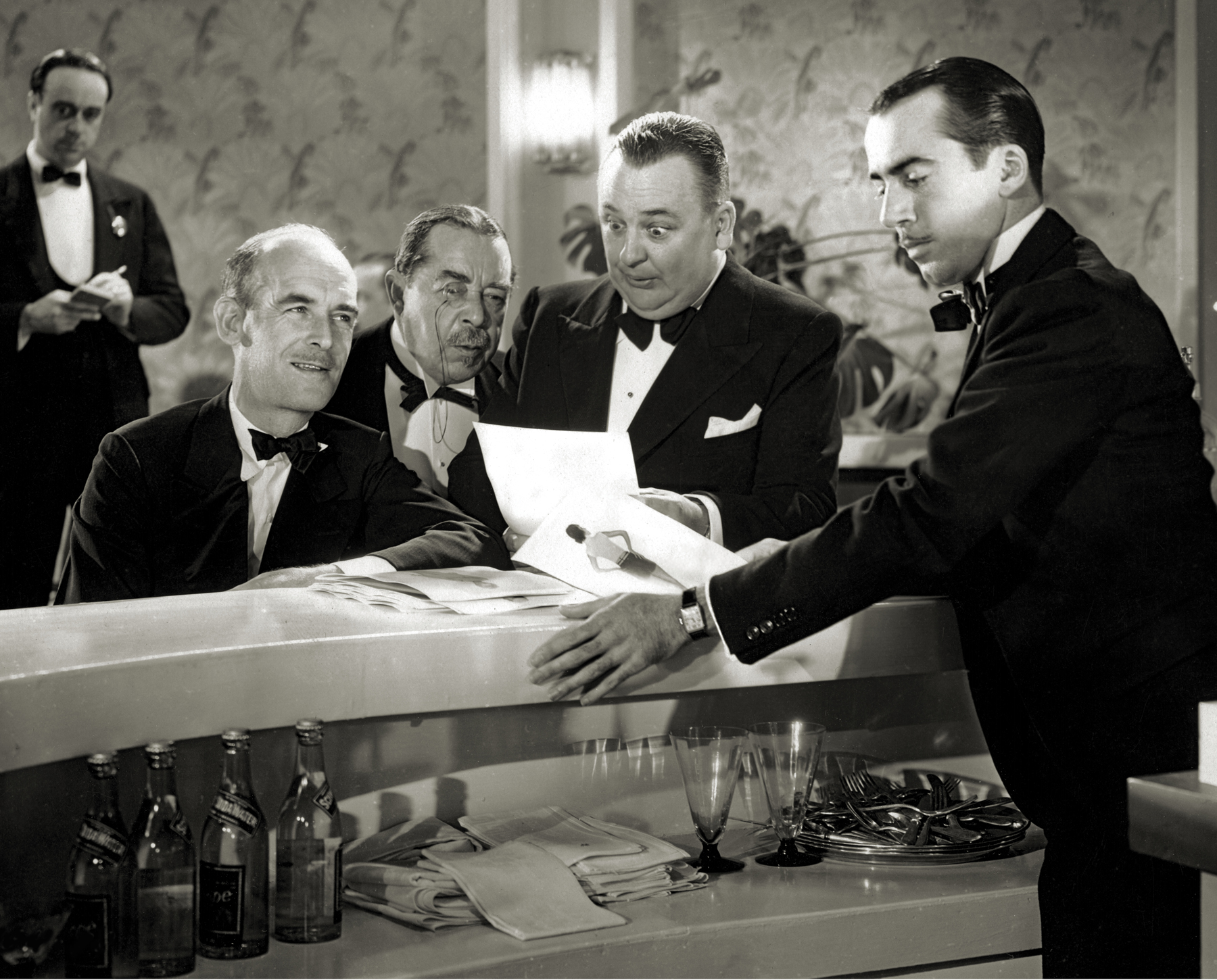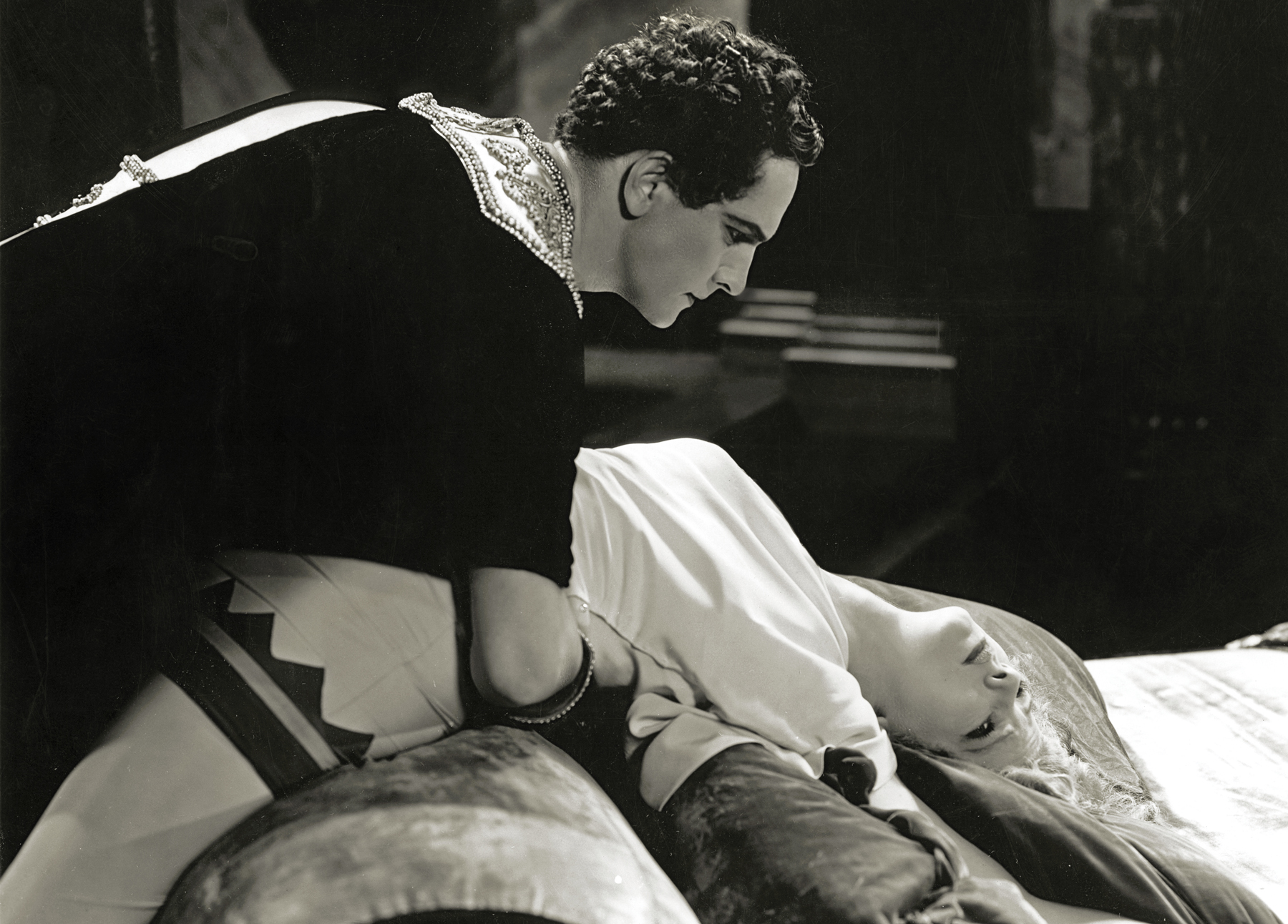Mark A. Vieira - Forbidden Hollywood: The Pre-Code Era (1930–1934)
Here you can read online Mark A. Vieira - Forbidden Hollywood: The Pre-Code Era (1930–1934) full text of the book (entire story) in english for free. Download pdf and epub, get meaning, cover and reviews about this ebook. year: 2019, publisher: Running Press, genre: Art. Description of the work, (preface) as well as reviews are available. Best literature library LitArk.com created for fans of good reading and offers a wide selection of genres:
Romance novel
Science fiction
Adventure
Detective
Science
History
Home and family
Prose
Art
Politics
Computer
Non-fiction
Religion
Business
Children
Humor
Choose a favorite category and find really read worthwhile books. Enjoy immersion in the world of imagination, feel the emotions of the characters or learn something new for yourself, make an fascinating discovery.

- Book:Forbidden Hollywood: The Pre-Code Era (1930–1934)
- Author:
- Publisher:Running Press
- Genre:
- Year:2019
- Rating:5 / 5
- Favourites:Add to favourites
- Your mark:
Forbidden Hollywood: The Pre-Code Era (1930–1934): summary, description and annotation
We offer to read an annotation, description, summary or preface (depends on what the author of the book "Forbidden Hollywood: The Pre-Code Era (1930–1934)" wrote himself). If you haven't found the necessary information about the book — write in the comments, we will try to find it.
Filled with rare images and untold stories from filmmakers, exhibitors, and moviegoers, Forbidden Hollywood is the ultimate guide to a gloriously entertaining era when a lax code of censorship let sin rule the movies.
Forbidden Hollywood is a history of pre-Code like none other: you will eavesdrop on production conferences, read nervous telegrams from executives to censors, and hear Americans argue about immoral movies. You will see decisions artfully wrought, so as to fool some of the people long enough to get films into theaters. You will read what theater managers thought of such craftiness, and hear from fans as they applauded creativity or condemned crassness. You will see how these films caused a grass-roots movement to gain control of Hollywood-and why they were forbidden for fifty years.
The book spotlights the twenty-two films that led to the strict new Code of 1934, including Red-Headed Woman , Call Her Savage , and She Done Him Wrong. Youll see Paul Muni shoot a path to power in the original Scarface ; Barbara Stanwyck climb the corporate ladder on her own terms in Baby Face ; and misfits seek revenge in Freaks.
More than 200 newly restored (and some never-before-published) photographs illustrate pivotal moments in the careers of Clara Bow, Joan Crawford, Norma Shearer, and Greta Garbo; and the pre-Code stardom of Claudette Colbert, Cary Grant, Marlene Dietrich, James Cagney, and Mae West. This is the definitive portrait of an unforgettable era in filmmaking.
Mark A. Vieira: author's other books
Who wrote Forbidden Hollywood: The Pre-Code Era (1930–1934)? Find out the surname, the name of the author of the book and a list of all author's works by series.

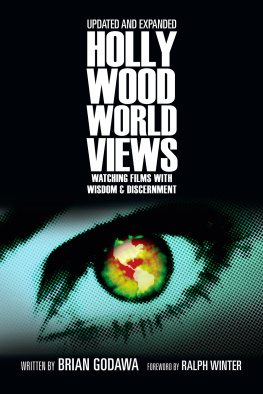
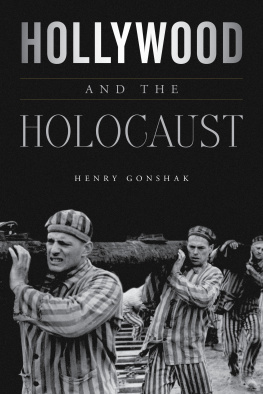
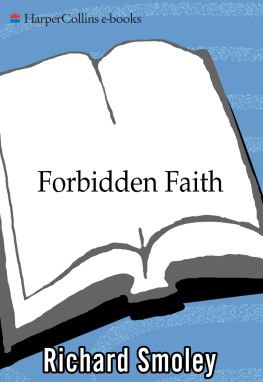
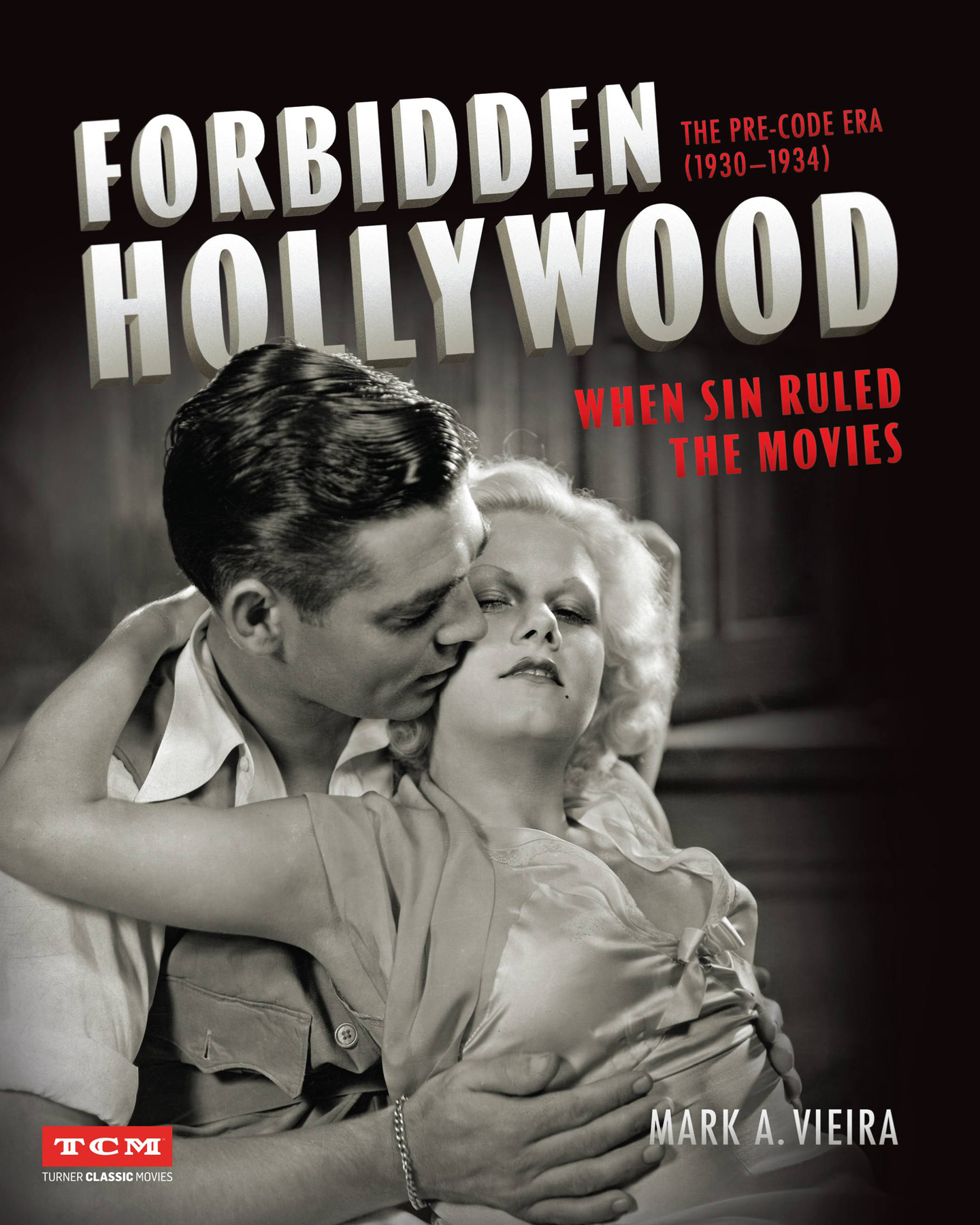
 TO THE MEMORY OF MY PARENTS.
TO THE MEMORY OF MY PARENTS. 
